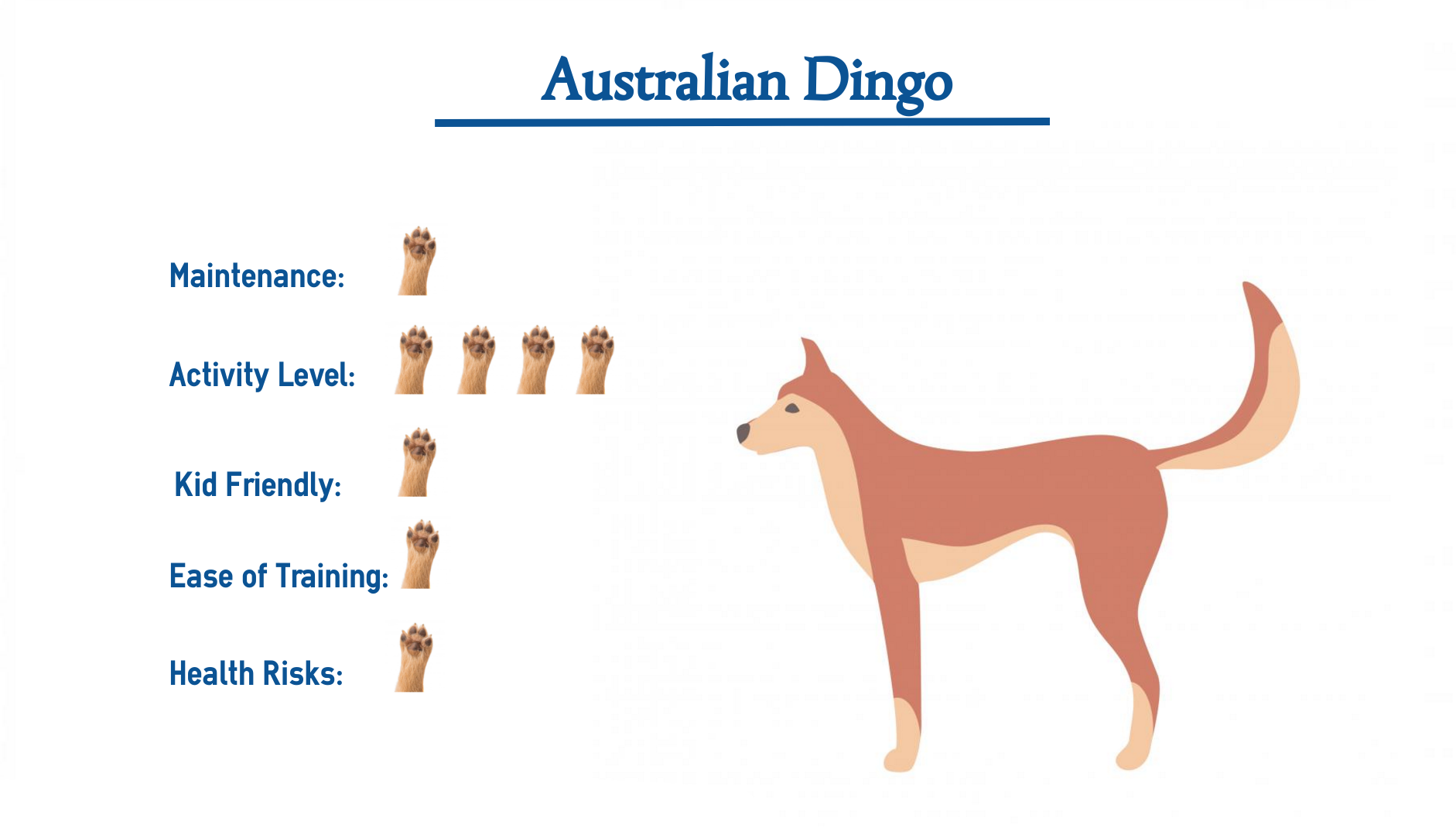OK, so if you’re over the age of 30 or, say, 35, it’s probably impossible for someone to say the word “dingo” without you immediately thinking…
“The Dingo ate my baby!”
Or perhaps that’s just our demented minds at work here at IndulgYourPet.
Either way, there is a great Seinfeld episode where Elaine can’t stop saying it, which we would highly recommend you check out on YouTube if you are a fan of such things as we are.
Unfortunately…
The “line” used in the Seinfeld episode is about a movie based on a true story where an Australian family has their newborn baby “stolen” from them by a wild Dingo while on a camping trip. As you can imagine, this is horrible to have happened to a family and will surely give “any” particular dog breed an appalling reputation! This is why, in this article, we wanted to take a moment and discuss exactly what a “Dingo” is and talk about whether or not they would make an appropriate “pet” for anyone.
So, without further ado, let’s dive right in.
Australian Dingo Fast Facts
Country of Origin: Australia
Original Purpose: Protecting and Hunting
Height: 20 to 24 inches tall
Weight: 30 to 45 pounds
Dog Breed Classification: N/A
Lifespan: 10 years
Origin of the Dingo Dog
The Dingo is a native or feral Australian dog that has, over time, been brought to Southeast Asia, where it can continue to be found today. These “dogs” are believed to have been “brought” to Australia by some of man’s earliest ancestors and are believed to be the original ancestors of all dog breeds today. This means that these guys have been around for well over 4,000 years.
Early on…
It is “theorized” that the Dingo was used for personal protection for our early nomadic ancestors and hunting companions/assets. These animals can still be found in Australia and Southeast Asia, where they live alone or in packs of up to ten dogs. These dogs like to roam great distances and communicate with each other using wolf-like howls.
In groups or pacts…
These dogs like to hunt small game, including lizards, birds, rodents, and rabbits, but as the tragic story tells, these dogs are opportunists. They will pretty much eat anything smaller than they are, including small children or any domesticated pets you may have at home with you. We should note, how, ver that these are not “EVIL” animals; they are just “WILD” animals. Wild animals that will usually run when they see a human and don’t like to be associated with us.
It’s just that…
Dingoes have predatory solid instincts that they have been “honing” for over 4000 years! So, no matter how you raise them, should you be inclined to “own” a Dingo, they will hunt. Dingoes have a defined territory they hardly leave and fiercely protect from other Dingoes.
Physical Characteristics
The physical characteristics of a Dingo are pretty different than those of dogs. Dingoes have a large head, strong jaws, alert almond-shaped eyes, narrow chest and shoulders, erect ears, and a bottle-shaped tail for balance. All traits have allowed them to adapt nearly perfectly to the harsh climate of the Australian continent.
They’re also…
It is pretty “big,” with the average weight of a Dingo being between 30 to 45 pounds, and the average height of the dog is between 20 to 24 inches at the shoulder. It should also be noted that there are three main types of Dingoes found:
- Northern Dingo: The dog appears to be racy-lean and of a fine stature. These dogs don’t have a thick undercoat
- Alpine Dingo: The dog is large and has a thick double coat that is quite noticeable
- Desert Dingo: The dog is compact and appears to have a small size. These dogs also have a double coat
Dingoes come in ginger, black, tan, and pale white colors.
Dingoes as Pets
While there is a lot of negativity that surrounds the dog breed, evidence has shown that these native dogs can be good pets. It’s important to note that since these dogs aren’t fully domesticated, their instincts drive them. This means that they need trainers who know what they’re doing. These dogs aren’t a good fit for someone with little experience.
Plus…
Our earliest ancestors chose to domesticate these animals because that’s all they had! Nowadays, we have 100’s different types of dog breeds to choose from, which is why we here at IndulgeYourPet never recommend trying to make one of these guys a family simply because:
- First, it’s illegal in many parts of the world.
- Second, given the chance (regardless of how small) that even the “best” trained Dingo could harm someone, it’s not worth having one as a pet.
Potential Health Concerns
Dingoes are healthy dogs. However, since these dogs aren’t domesticated, it is hard to pinpoint the common health issues the breed faces. Generally, wild dogs are healthier than purebred or domesticated ones due to genetic diversity.
Life Expectancy
The average life expectancy of Dingoes is about ten years.
- Dingoes that live in the wild have a life expectancy of 6 years
- Domesticated Dingoes have a life expectancy of 15 years
And there you have, our summary of the Dingo, which, in a “nutshell,” is that they are magnificent wild animals that should remain free and wild today and not be turned into household pets!




The dog used in this photo is a Kelpie not a Dingo, it looks just like mine. Maybe a different photo would be more appropriate. Great article though
Julia,
You are correct! We just went in and edited the photo. It appears we weren’t able to find a Dingo isolated on a white background which is why one of our “editors” got a little “cheeky” in the photo selection.
We’re also happy you enjoyed the rest of the article and appreciate you keeping us honest!
Thanks,
IndulgeYourPet